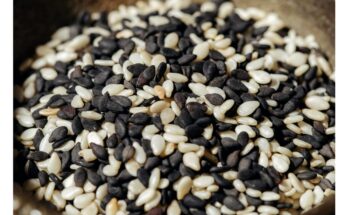In many Indian households, wheat flour (atta) is a kitchen essential. From soft chapatis to crispy parathas, it forms the foundation of countless meals. But did you know that fortifying wheat flour with essential nutrients can be a powerful tool in the fight against malnutrition?
Let’s explore why fortified wheat flour is gaining attention as a public health intervention—and why it could be one of India’s most effective nutrition strategies.
Why Fortify Wheat Flour?
According to the National Nutrition Monitoring Bureau (2012), the average Indian consumes about 375 grams of cereals and millets per day, which covers over 70% of their recommended dietary intake (RDI). In regions like North, West, and Central India, wheat is the staple grain—mainly consumed in the form of homemade rotis and chapatis using locally milled whole wheat flour.
In fact, India’s wheat consumption was estimated at a massive 93 million metric tonnes (MMT) in 2018–19. With such widespread consumption, wheat flour becomes an ideal carrier for delivering essential micronutrients to a large portion of the population.
The Nutritional Gap
When wheat is milled, especially in large commercial processes, some vital nutrients are lost—including iron, folic acid, and B-vitamins. Fortification helps reintroduce these nutrients, ensuring the flour not only fills your stomach but also fuels your body.
These added nutrients are especially critical for:
- Preventing anaemia
- Supporting red blood cell formation
- Promoting healthy pregnancies
- Enhancing overall energy and wellbeing
Top Benefits of Fortifying Wheat Flour
Here’s why this initiative makes so much sense:
1. Widely Consumed
Wheat flour is a dietary staple for millions of Indians, cutting across rural and urban areas, making it an ideal vehicle for nutrient delivery.
2. Safe and Effective
Wheat flour fortification is backed by science and used in many countries. Nutrients are added in safe, regulated amounts to ensure health benefits without any side effects.
3. Cost-Effective
This is a low-cost intervention with high impact. The added cost per kilo of fortified flour is minimal, but the health benefits are enormous—especially in preventing anaemia and nutrient deficiencies.
4. Replaces Lost Nutrients
Milling removes several essential nutrients. Fortification helps restore what’s lost, ensuring the flour is more than just filling—it’s nourishing.
5. Combats Anaemia
Adding iron, folic acid, and vitamin B12 is key to fighting iron-deficiency anaemia, which is widespread among Indian women and children.
Conclusion
Fortified wheat flour is more than just a food product—it’s a tool for better health, especially in a country like India where micronutrient deficiencies are still a major concern. It’s affordable, scalable, and most importantly, it doesn’t require people to change their eating habits.
By simply upgrading what we already eat, we can take a giant leap toward building a healthier, stronger India—one roti at a time.




